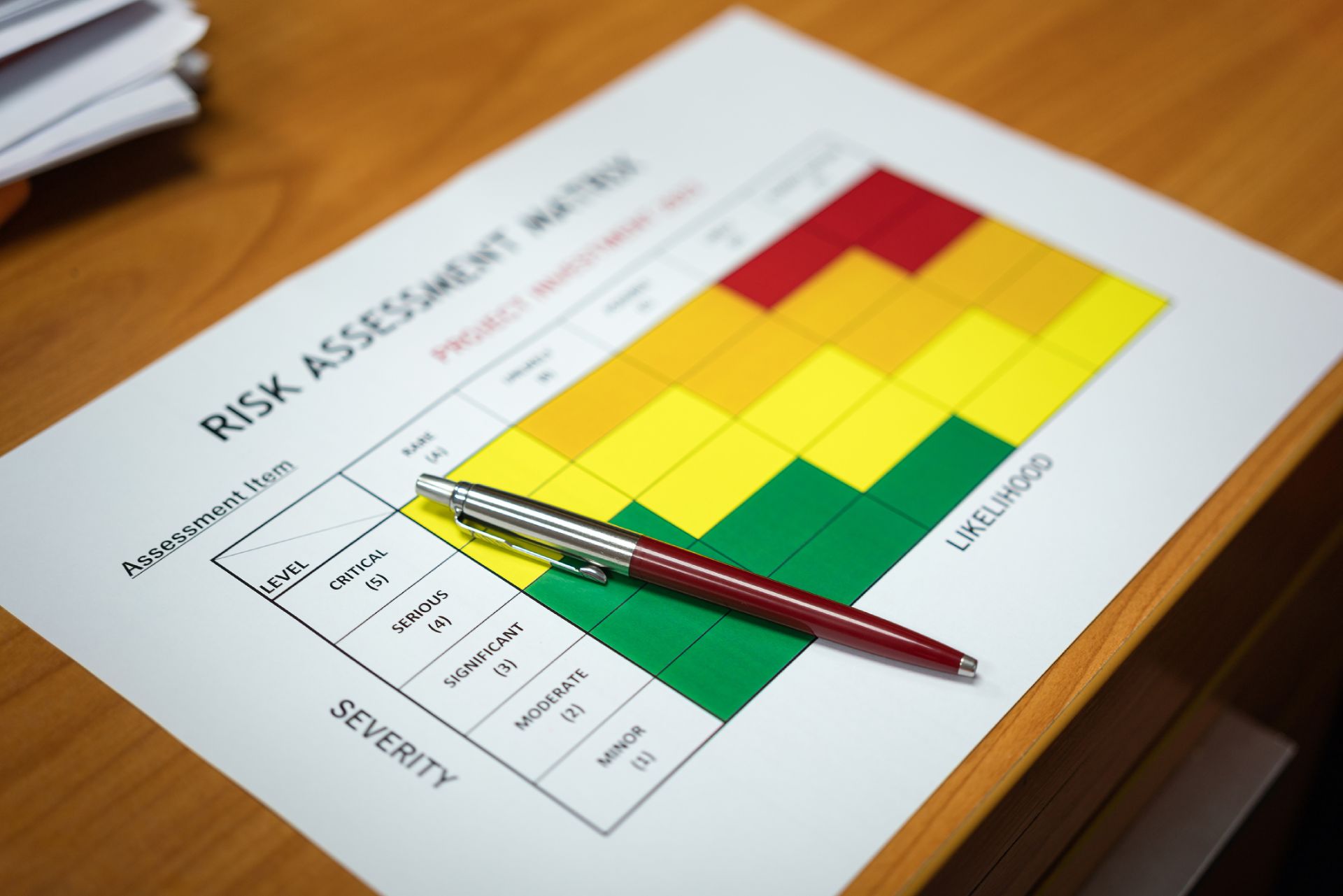
Preventing Pressure Injuries: An Essential Guide
Pressure ulcers, also known as pressure injuries or bedsores, are a significant health issue. Pressure ulcers develop when there is constant pressure on a particular area of the skin, often from lying in the same position for too long without relief. The harm can vary in severity, from mild reddening of the skin to deep wounds that extend into the muscle and bone.









